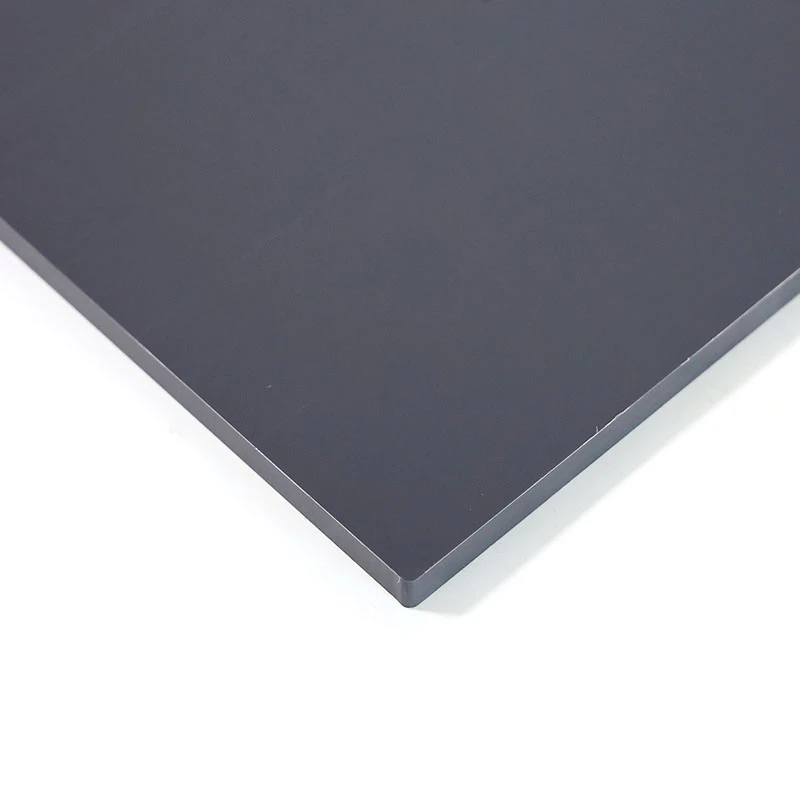Nov . 09, 2024 16:49 Back to list
Durable 2 Inch HDPE Pipe for Reliable Plumbing and Irrigation Solutions
Understanding 2-Inch HDPE Pipe Applications, Benefits, and Installation
High-Density Polyethylene (HDPE) pipes have emerged as one of the most reliable materials for plumbing, irrigation, and various industrial applications. Among them, the 2-inch HDPE pipe stands out for its versatility and efficiency. This article will delve into the characteristics, benefits, applications, and installation processes associated with 2-inch HDPE pipes.
What is HDPE Pipe?
HDPE pipes are made from high-density polyethylene resin, a thermoplastic material characterized by its high strength-to-density ratio. This makes HDPE an ideal choice for various applications, including water supply lines, drainage systems, and sewage disposal. Since HDPE is resistant to corrosion and various chemicals, it has become increasingly popular in construction and infrastructural projects.
Characteristics of 2-Inch HDPE Pipe
The 2-inch HDPE pipe is a popular option in both residential and commercial settings. Its dimensions make it suitable for flow rates and pressures typical in irrigation systems, water supply networks, and industrial processes.
1. Flexibility Unlike traditional piping materials such as PVC or metal, HDPE pipes are highly flexible. This feature allows them to bend and curve with the terrain, making installation easier and reducing the need for additional fittings.
2. Chemical Resistance HDPE pipes can resist a wide range of chemicals, making them suitable for various applications where fluid transportation is essential. This resistance minimizes the risk of degradation and prolongs the pipe's lifespan.
3. Lightweight HDPE pipes are significantly lighter than their metal counterparts, which can reduce transportation costs and labor associated with installation.
4. Durability The long-lasting nature of HDPE pipes is perhaps their most significant advantage. They can withstand extreme temperatures and pressures, thus enhancing their longevity.
5. Leak-free Joints Utilizing fusion welding techniques, HDPE pipes can create leak-free joints, ensuring the integrity of the system and eliminating common leakage issues associated with traditional piping systems.
Applications of 2-Inch HDPE Pipe
The versatility of 2-inch HDPE pipes opens the door to an array of applications
1. Water Supply Many municipalities use HDPE pipes for drinking water supply due to their resistance to corrosion and lower risk of biofilm formation, contributing to safer drinking water.
2 inch hdpe pipe

2. Irrigation Systems Farmers and agricultural specialists often choose HDPE pipes for irrigation systems because of their ability to resist chemical fertilizers and deliver water efficiently across arable land.
3. Sewage and Drainage The smooth interior surfaces of HDPE pipes promote effective flow, making them suitable for sewage systems and stormwater drainage.
4. Mining and Industrial Applications The robust nature of HDPE pipes allows for their use in the transportation of slurries and chemicals in various industrial processes.
Installation Process
Installing a 2-inch HDPE pipe requires careful planning and execution. While it is relatively straightforward, some steps are crucial to ensure a successful installation.
1. Site Assessment Assess the area where the pipe will be installed, taking note of existing infrastructure, soil type, and potential chemical interactions with the surrounding environment.
2. Trenching Dig a trench to the appropriate depth, ensuring the trench is wide enough to accommodate the pipe and any necessary fittings.
3. Pipe Handling Given the light weight of HDPE pipes, maneuvering them into position is less labor-intensive. However, care should be taken to avoid kinks or dents.
4. Joining Techniques Fusion welding or mechanical fittings can be used to join segments of HDPE pipe. Proper technique is crucial to create durable, leak-free connections.
5. Backfilling Once the pipe is laid, backfill the trench with soil carefully, taking care to avoid damaging the pipe. Proper compaction helps prevent future settling.
6. Testing After installation, conduct a pressure test to ensure the system is leak-free, confirming the quality of the installation.
Conclusion
The 2-inch HDPE pipe is a cornerstone in modern plumbing and industrial applications. Its unique properties, such as flexibility, durability, and chemical resistance, make it a preferred choice for various systems. Whether used in irrigation, sewage disposal, or water supply, HDPE pipes have proven their worth in efficiency and longevity. By ensuring proper installation and maintenance, users can greatly benefit from the advantages these innovative materials offer.
-
HDPE Natural Sheet: Durable, Food-Grade & Versatile Plastic Solutions
NewsAug.27,2025
-
Durable Glossy PVC Rigid Sheet | Premium High-Shine Panels
NewsAug.26,2025
-
Durable PP Rigid Sheet: Lightweight, Chemical Resistant Solutions
NewsAug.21,2025
-
PVC Grey Sheet for Extraction: Chemical Resistant & Durable
NewsAug.19,2025
-
Durable PVC Pipe Fittings for Plumbing & Irrigation Needs
NewsAug.18,2025
-
HDPE Steel Belt Reinforced Spiral Corrugated Pipe | High Strength
NewsAug.17,2025

